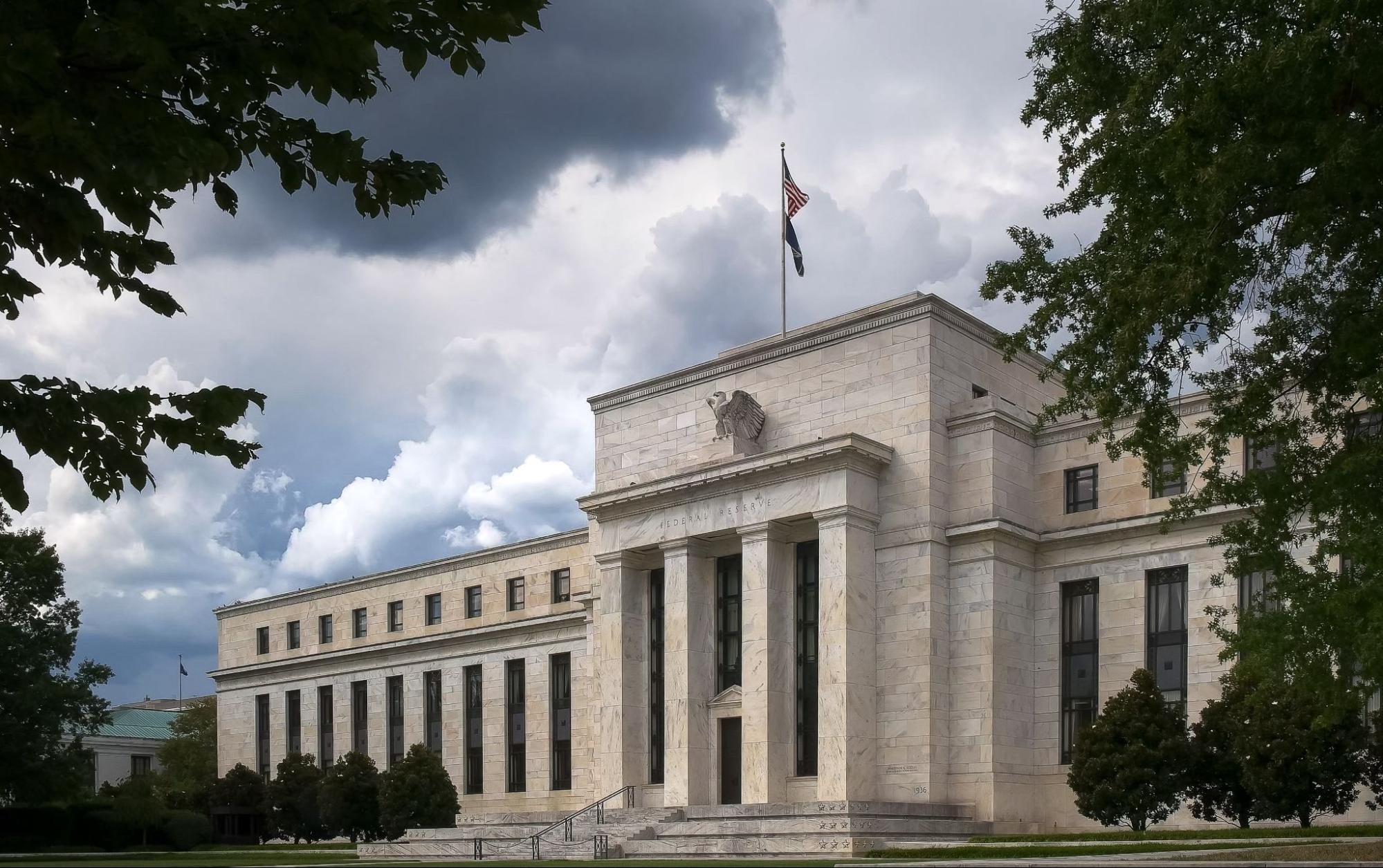When will crypto reach bottom?

Amid a frigid crypto winter, many are looking for signs of a market bottom. [Image via Big Bear Cabins]
There’s never a dull moment on the blockchain. Here’s what you need to know this week:
Macroeconomic and liquidity issues rippled through crypto markets. As inflation climbs higher, excess risk is being shaken out.
Key cryptoverse quotes. Compelling takes on NFT market “vibes,” crypto smartphones and more.
Noteworthy numbers. The number of BTC being returned eight years after the biggest hack in history and other key figures to know this week.
MARKET UPDATE
Bitcoin maintains 2022 lows as record inflation rages and more struggling crypto firms emerge
Another month, another scorching hot inflation reading. On Wednesday morning, the consumer-price index (the CPI is a key way the U.S. measures inflation) increased 9.1% from the year before — meaning shoppers paid sharply higher prices for everything from groceries to gasoline to rent. The higher-than-expected reading immediately spooked crypto and stock markets, as Bitcoin dipped 5% and the S&P 500 opened down 1%. Elsewhere, the liquidity crisis gripping crypto firms Three Arrows Capital and Celsius continued to cascade through the market. But it’s not all bad news this week, we promise! Let's dig in.
Forty-year-high Inflation, and the Fed’s efforts to fight it, are pressuring both stock and crypto markets — and sparking recession concerns. June’s historic 9.1% year-over-year spike in consumer prices outpaced the 8.8% Dow Jones estimate and coincided with the biggest yield curve inversion (a key recession indicator) between 10-year and 2-year Treasury notes since 2000. The latest inflation report likely means another interest rate hike is on its way from the Fed, which has been accelerating efforts to unwind pandemic-era stimulus. Riskier assets like crypto and tech stocks that formerly benefited from excess consumer cash have seen some of the steepest declines as a result.
Two months after the Terra/Luna collapse, liquidity and credit issues continue to ripple through overextended crypto firms including Three Arrows Capital (3AC), Celsius, Voyager, and more. After filing for bankruptcy on July 1, 3AC — which had managed $10 billion — has seen legal sparring between the firm��’s founders and its liquidators. The 3AC fallout has impacted Blockchain.com ($270 million in losses on loans to 3AC), Voyager Digital (which filed for bankruptcy protection after 3AC couldn’t pay back $670 million) and BlockFi. FTX CEO Sam Bankman-Fried has since “bailed out” the latter two. Meanwhile, Celsius — one of the first firms to pause withdrawals due to liquidity troubles — paid off massive DeFi loans before filing for bankruptcy protection on Wednesday night.
Bitcoin mining firms are feeling the pressure too. Despite falling crypto prices, global mining power has remained near all-time highs over the past month, meaning mining-energy costs are high even as crypto block rewards have lost value. As a result, some miners are selling their crypto to pay off expenses. Core Scientific, one of the world’s largest miners, sold $167 million of BTC (over 75% of its BTC) to pay for servers and other debt; Canadian miner Bitfarms sold $62 million of BTC (50% of its BTC) to improve liquidity; and Argo Blockchain liquidated $15.6 million to pay off a loan with Galaxy Digital.
So, what about the good news? On the global adoption front, Italy is subsidizing $46 million for internet blockchain projects, and the Central African Republic announced a new national cryptocurrency, Sango Coin, which will be “the gateway to [the country’s] natural resources,” per its president. Meanwhile, $5.5 billion of venture capital poured into crypto projects in the first half of the year. Most recently: Axie Infinity developer Sky Mavis launched a $150 million fund for blockchain games, and layer-1 protocol Rubix raised $100 million from a firm specializing in cross-border transactions. Elsewhere, Ethereum successfully launched proof of stake on its Sepolia testnet, the second of three milestones before the blockchain’s energy-efficient upgrade, called the Merge.
Why it matters… Several months into a crypto winter, with BTC down 70% from November’s all-time highs, a big question is percolating: Are we near a bottom? While some analysts contend that macro factors are key — like the Fed slowing down rate hikes or equity earnings forecasts getting revised lower — others feel that we are already close to the low-end. While no one can predict how crypto markets will move, the search for the bottom isn’t just about price levels. As one crypto trader told CoinDesk, “the bottom is as much a product of time as it is price … cynicism must abate to make way for optimism.”
TAKES
From vibe officers to HODLers, the week’s crypto-iest quotes
Weed whacker… “We need the excesses to get weeded out” was the assessment offered by Rockefeller International Chairman Ruchir Sharma in making the case that Bitcoin remains a solid asset over the long-term but will continue to see price pressure in the short-term due to an over-abundance of easy money and speculation.
Vibe check… When it comes to building community around NFTs, “vibes are everything” a collector said in explaining why a number of NFT projects have started to employ a “chief vibes officer.” The role is meant to create a positive environment for prospective and existing NFT owners, and, as the Guardian observed, is “something of a cross between a marketer, influencer and investor relations officer.”
Something from Nothing… “The timing was right that now we can take this technology to the masses,” said Polygon Vice President of Growth Arjun Kalsy about the Ethereum scaling platform’s decision to launch a smartphone in partnership with tech company Nothing that will help make the world of web3 more accessible on mobile. The Nothing Phone 1 was unveiled this week in London.
HODL steady… “Holders are less likely to sell BTC in turbulent periods,” was one of the key takeaways from Coinbase Institutional’s monthly outlook, written by head of institutional research David Duong. Duong viewed this trend among those holding BTC for more than 6 months as a “positive sentiment indicator” amid broader market weakness. Read the full report here.
NUMBERS TO KNOW
$44B or $1B or $?
The range of financial outcomes facing Elon Musk as he defends a lawsuit from Twitter that seeks to force the Tesla CEO to complete his $44 billion deal to acquire the social media network. A judge could potentially decide to have Musk pay the $1 billion breakup fee instead, or the legal standoff could allow him to re-negotiate the price or even potentially walk away entirely. Stay tuned.
141,686 BTC
The amount of Bitcoin that Mt. Gox’s bankruptcy trustee is close to releasing to its users eight years after the worst crypto hack in history (The Tokyo-based firm ceased operations in 2014 after losing about 850,000 BTC.) The disbursement of these funds “could put pressure” on BTC prices if many of the creditors choose to sell their coins, according to Bloomberg.
300 ETH
The amount of ETH (approximately $344,000) that was spent to purchase the Ethereum Name Service domain of 000.ETH earlier this month, setting a new record. ENS registrations have been on a noticeable upswing recently, with purchases increasing as much as 200% week-over-week.
8.5%
The percentage of Kenyan citizens that own digital currency, according to a recent report from the United Nations Conference on Trade and Development (UNCTAD). This makes Kenya not only the most crypto-forward country in Africa, but places it fifth-highest globally for crypto adoption, one spot ahead of the U.S.
TUNE IN
Will central bank digital currencies ever replace cash?
Decentralization is one of Bitcoin’s best-known benefits — no single entity can control it. But are there any advantages to centralized digital money controlled by a government? Right now, roughly 100 countries and nearly all of the world’s major central banks (including the Federal Reserve) are exploring central bank digital currencies (CBDCs), which are digital versions of government-issued money. In the latest episode of Around the Block, host Justin Mart sits down with Visa’s CBDC exec, Catherine Gu, to discuss the potential benefits and risks of state-issued digital currencies.
TOKEN TRIVIA
What is Bitcoin’s maximum supply?
A
50 million
B
There is no maximum supply
C
21 million
D
12 billion
Find the answer below.
Trivia Answer
C
21 million











